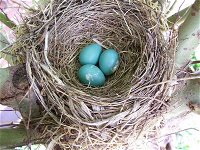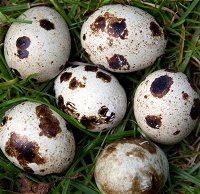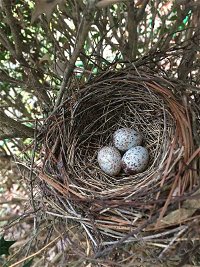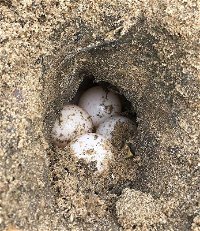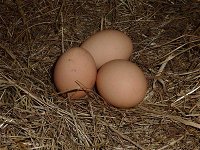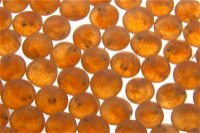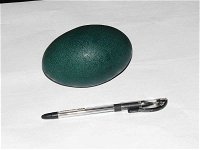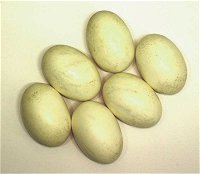
Whose Eggs Are These? Trivia Quiz
An egg is an egg, right? Well, perhaps, but to the creatures concerned each egg is special. They vary a lot, too, as can be seen from these images. Your task is to match each creature to the image of their egg or eggs.
by spanishliz.
Estimated time: 3 mins.
